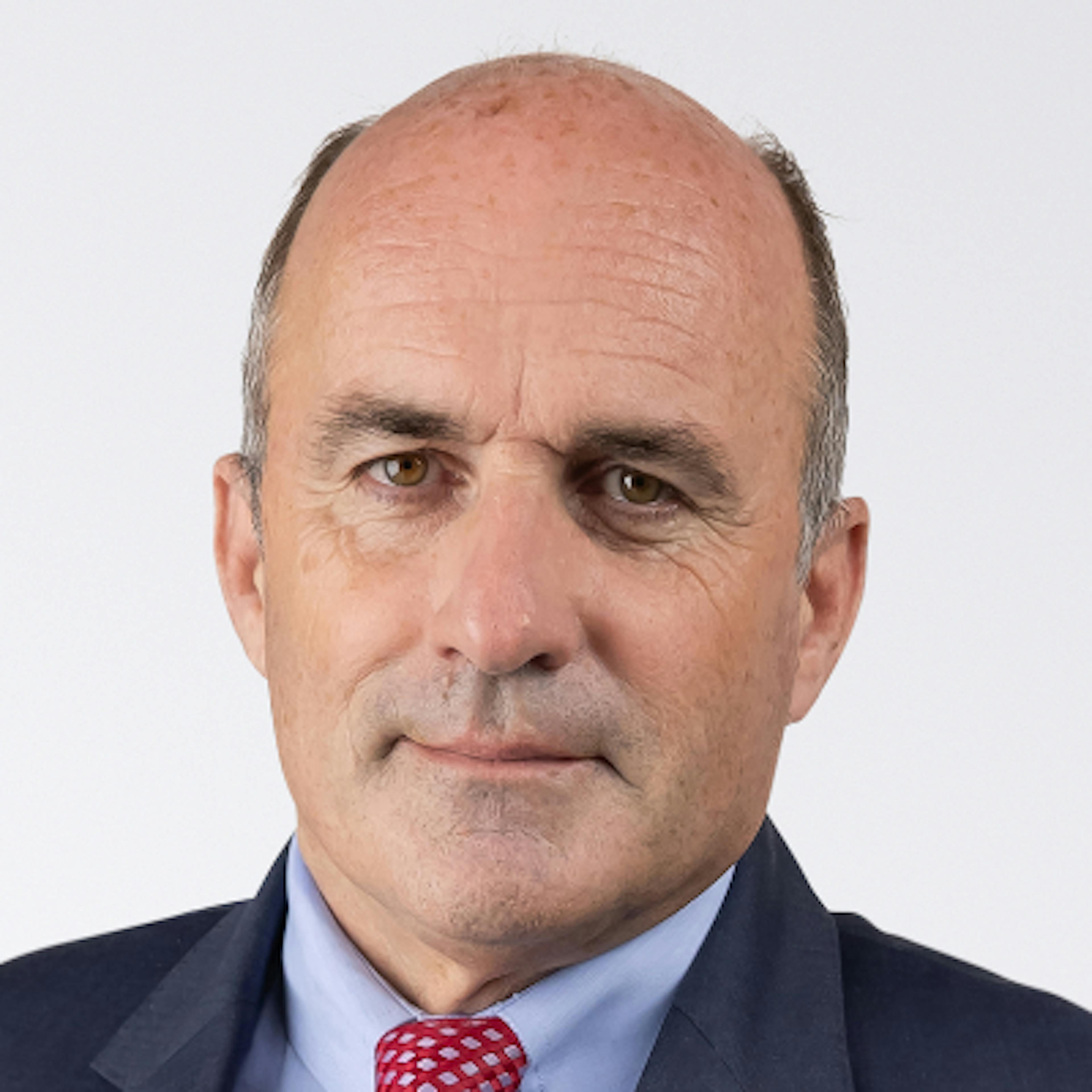
We have to get used to inflation

Investors are still being surprised by the persistent nature of inflation, and aren’t taking sufficient account of the structural shifts underlying the long-term increase in consumer prices. This is a stepping stone towards what will be a lasting trend, explains Frédéric Leroux, a member of Carmignac’s strategic investment committee.
The return of inflation after an over-40-year absence appears to be wreaking havoc in financial markets. Why do you think that is?
Frédéric Leroux : Few of the traders behind computer screens today were around back in the 1980s. I doubt many of them still remember what it was like to watch US and European inflation rise unremittingly towards the 15% mark! But for those who believe that studying the past can help us better understand the present and envision the future, there are some important lessons to be learned from that period.
Do we really have to go that far back to find conditions similar to those we’re experiencing today?
F.L. : We can gain a lot of insight from looking at the period from 1965 to 1980. The oil crisis during these years brought an end to an extended period of subdued consumer price growth and ushered in an era of sustained inflation. In other words, basically the same configuration as we’re seeing now. But not all investors view today’s post-Covid spike in consumer prices as the first step in what will be a genuine inflationary cycle.
What do you mean?
F.L. : Inflation expectations in the US currently estimate a return to around 2.75% by mid-2023, and then a levelling off at 3% in subsequent years. This indicates investors believe the jump we’re now seeing is a one-off event of the kind that’s happened just two or three times in the past four decades. But this view fails to consider the many structural inflationary forces at work.
What kinds of structural forces?
F.L. : Primarily demographics (with a trend towards fewer savers around the world and a smaller population of Chinese youth to absorb into the workforce at all costs), trade (since global trade is declining as a percentage of GDP and the prices at online retailers are reaching their lower bound), sociology (as businesses and consumers prioritise ethical practices over immediate efficiency gains), and the energy transition.
So there are a lot of reasons why consumer prices are rising!
F.L. : Exactly. Central bankers – whose primary objective is to maintain price stability while supporting sustained economic growth – seem to believe that a handful of rate hikes will be enough to wipe out inflation for the long term, but we’re not sure that’s realistic.
What would it take to halt the upwards march in consumer prices, at least temporarily?
F.L. : A recession in the US. That’s what would be needed to curb inflation, but it does not appear to be on the cards for now.
Why not?
F.L. : Because it’s unlikely that the US Federal Reserve will respond today like it did in 1980 under the leadership of Paul Volcker. He pushed the fed funds rate up to 20% at a time when inflation was sliding back down to 10%. It’s also worth pointing out that 1980 was when Ronald Reagan, then-US president, broke the wage-price spiral by firing 11,400 air-traffic controllers who had gone on what he declared was an illegal strike to demand higher salaries.
Indeed, a very different response.
F.L. : And 1965–1980 was also when the US invested heavily to ramp up domestic oil production, in the wake of the 1973 oil-price shock. Today such an investment seems unimaginable.
Many people are saying that energy prices should fall pretty quickly once the conflict ends in Ukraine. What are your thoughts?
F.L. : As long as Vladimir Putin remains in power, there’s no guarantee that Russia will rapidly restore its supplies of oil and natural gas. Alternative energy sources aren’t yet up to capacity, and the underinvestment in fossil-fuel production over the past ten years is pushing up their cost. The fact that we’re experiencing an energy crisis even though China’s manufacturing powerhouse is at a standstill shows just how serious the situation is.
Do you believe wages will climb in tandem with the higher prices?
F.L. : US consumers built up excess savings equal to some 12% of GDP during the pandemic. This has put workers in a strong wage-bargaining position; salaries are up by an average of 7% year on year. When inflation does start to recede, the wage growth could decline as well, but at a slower pace.
That’s good news for household incomes and economic growth.
F.L. : Yes, because the increase in real incomes – that is, incomes adjusted for inflation – will help to fuel consumer spending and boost the economy. This will also serve to mitigate disinflation, or the rate at which inflation slows. All this means that, once again, a US recession won’t happen anytime soon.
So we can expect inflation to stick around for a while.
F.L. : Yes, and we’ll need to get used to it. Investors are still being surprised by the persistent nature of inflation (initially thought of as only “transitory”), and aren’t taking sufficient account of the structural shifts underlying the long-term increase in consumer prices. This is a stepping stone towards what will be a lasting trend. What’s more, because today’s central bankers have a low pain threshold, we can safely assume that they’ll rush to cut interest rates – much too soon in our view – at the first signs of a decline in core inflation.
What does this mean for investors?
F.L. : The return of high inflation is shaping today’s business cycle – or the cycle of economic expansion, recession, and recovery – by forcing central banks to act differently than they have in the past several years, when they kept interest rates artificially low. This is unknown territory for many investors and is advantageous for active investment approaches1, including investments in bonds, contrary to popular belief.
What do you mean?
F.L. : An inflationary economic climate isn’t necessarily bad news for bond markets. When inflation turns abruptly in one direction or the other, this generally triggers sharp movements in bond prices, opening up opportunities for active fund managers. Those who pay close attention to the business cycle can implement strategies to make bond holdings a potential performance driver.
What about stocks?
F.L. : In our portfolios, we have a high allocation to “defensive” stocks – i.e. stocks that can withstand economic recessions, such as those in the healthcare and consumer staples industries – along with holdings in companies whose share prices, unlike most, tend do well when inflation is strong. This latter category includes energy companies, for example.
![[Background image] [Insights] Light orange ceiling](https://carmignac.imgix.net/uploads/article/0001/09/5112079f029cfabfb823f3358f344033e90e73e6.jpeg?auto=format%2Ccompress&fit=fill&w=3840)
